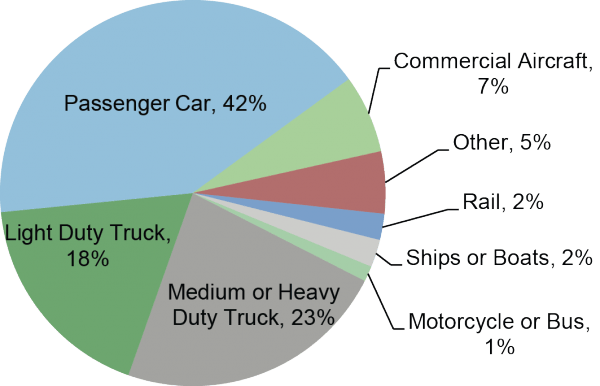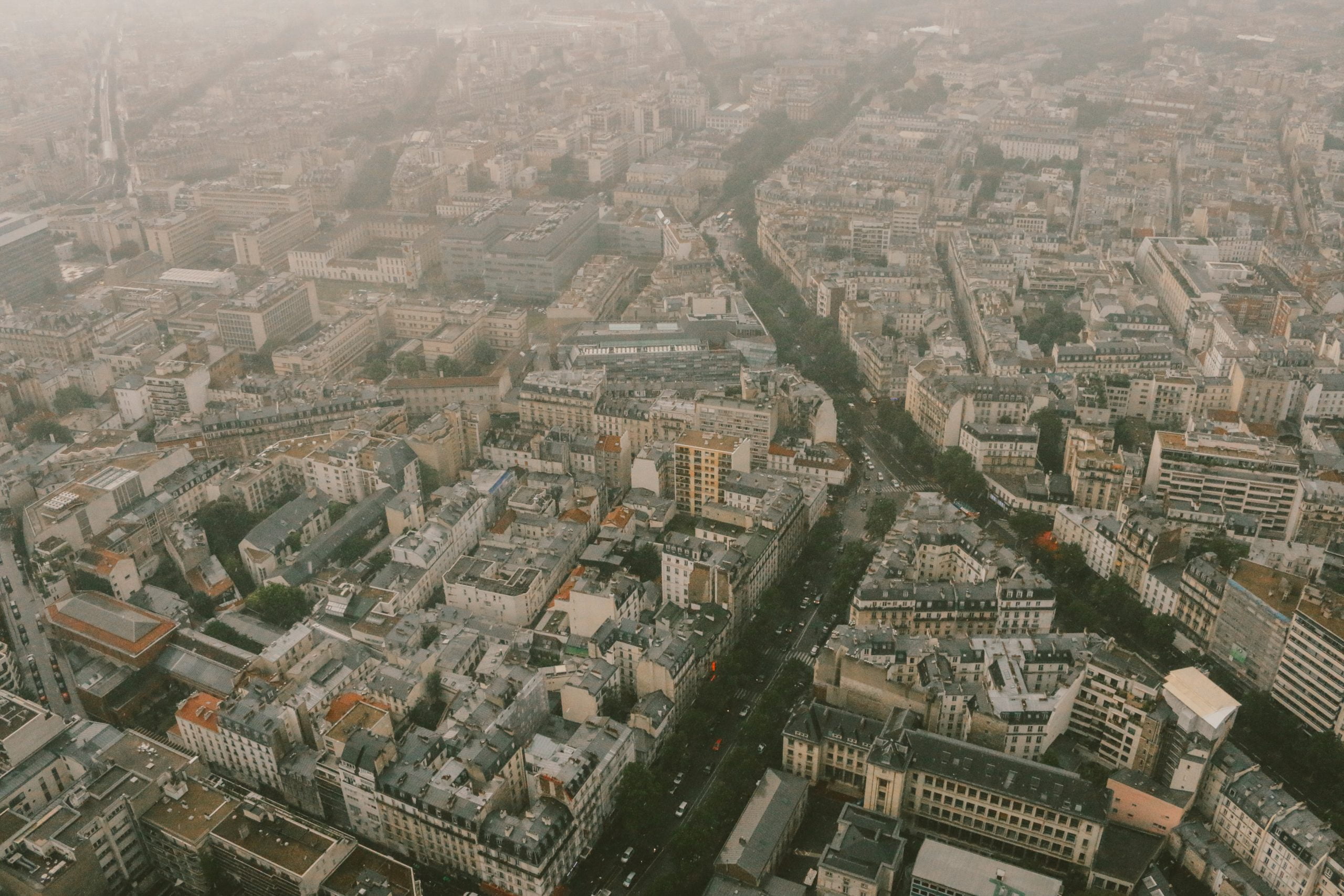This month The City of Light took another small step on the path to healthy air and clean transportation. After establishing a low-emissions zone (LEZ) in 2015, Paris, France is following its plan to ratchet down vehicle emissions. The latest guidelines ban diesel-powered cars and light trucks built before 2006 from operating in the city from 8 am to 8 pm on weekdays. Scooters built before 2004 are also banned during these times. Older gasoline-powered cars and diesels were first prohibited in 2014. If the full plan goes into effect, Paris will be completely diesel-free by 2024.
Why is the French capitol taking such bold action? Air pollution is the second most common cause of death in France, right behind tobacco smoking. About 48,000 people die each year from air pollution according to France’s national health agency.
While Paris was the first city to apply strict controls on dirty vehicles, many others are following the city’s lead, while taking a different route. London, Stockholm, Singapore, Milan and soon New York will require congestion pricing. Under congestion pricing, car and truck drivers pay a fee for entering the city center during times of heavy traffic with the goal of reducing pollution. are talking about – if not planning – a ban on combustion engine vehicles entirely.
What is behind these new restrictions? The shift away from fossil-fueled transportation is not only about reducing the direct release of health-harming air pollutants, it’s also about reducing greenhouse gases and maintaining Earth’s life-support systems. Rapidly rising global temperatures are contributing to large-scale climate disasters and ecosystem disruption. The direct correlation between rising temperatures and greenhouse gas emissions is indisputable.
Transportation accounts for about 20% of global greenhouse gas emissions and around 29% of US emissions. To avoid climate catastrophe, the shift away from fossil fuels must be both rapid and massive to avoid the most extreme disasters while still being able to maintain a modern, convenient lifestyle. For Americans, this modern lifestyle revolves around mobility, which has been provided primarily by automobiles and trucks using internal combustion engines powered by fossil fuels.
US Transportation Greenhouse Gas Emissions 2018

Source: Center for Sustainable Systems, University of Michigan, http://css.umich.edu/factsheets/carbon-footprint-factsheet
Currently, petroleum provides 94% of the energy used in the transportation sector and virtually all of this sector’s greenhouse gas emissions. Passenger cars and light duty trucks consume 60% with freight vehicles consuming another 23%. This indicates that transportation emissions are tied closely to the transportation needs of individuals and small businesses. From the period from 1990 to 2016, vehicle emissions increased 44% for several reasons. First, Americans love pickup trucks and sport utility vehicles which use more fuel to travel the same distance. The market share of light duty trucks and SUVs grew from around 20% in 1975 to more than 50% in 2017, and continues to grow. Second, Americans are driving more miles than ever. Other factors include a growing population, lower gas prices resulting from increased supply, a strong economy, and urban sprawl.
Moving people and material from one place to another has become a fundamental function of the economy. To this c rendered , state and local governments spent $175 billion on roads and highways in 2016. Of this, $47 billion came from the federal government. Currently, governments at all levels spend he about $551 for each one 10,000 vehicle miles traveled. Spending on roads, bridges, and highways has not increased as fast as other portions of government spending, leading to a $835 billion backlog of maintenance across the country.
There’s more to mobility than roads and bridges. Vehicles need to be parked at homes, schools, stores, workplaces, and other destinations. Because most local development policies still require a minimum number of parking spaces for each new building, many cities have far more parking spaces than residential dwellings. Parking not only takes space, it creates heat islands that increase the energy used to cool surrounding buildings. Then there is the direct environmental impact of building and maintaining parking on the ground and in multistory structures – not to mention that ample parking encourages the use of single-person driving.
Population density affects the amount of energy used for transportation. Sprawling cities and diffuse rural areas result in greater travel distances and the need for even more individual vehicles. Cities such as Minneapolis are developing creative plans for increasing housing density to improve affordability and reduce greenhouse gas pollution. Other cities encourage development along transit corridors to enhance the convenience of using public transportation in much the same way that highway construction has been closely followed by growth in commercial, industrial, and residential development.
People will always move from one place to another, but it’s time to rethink the need for mobility and how it is accomplished. The first step is to reverse the trend of ever increasing movement. On a local level, this means there should be less distance between the places we go everyday, such as shopping, school and work. That reduces the investment in time, fuel, and infrastructure. It also makes walking more convenient. Second, when things move, they should be propelled by renewable energy, not polluting fossil fuels. Third, people and goods should move using mass transportation wherever available. Fourth, the transition to this new path should be rapid, rational, and equitable. By setting a long-term goal, states and local communities can identify the best route to reach it and in the most convenient way possible.
Look for future issues of the Zero Energy Project newsletter where we will focus on the specifics, such as building location, urban density, electric vehicles, mass transit, human-powered transportation, shipping, and air travel as well as telecommuting and virtual travel.


Chris Clarke Miksic says:
yes in the USA transportation accounts for ~29% of greenhouse gas emissions, BUT dont forget !! heating and cooling Buildings accounts for 45-50% of carbon emissions. Lowering energy demand in the building sector through passive house design represents an untapped and larger opportunity , combined with lowering our transportation carbon emissions we CAN reduce the effects of climate change.
Bruce Sullivan says:
Buildings and transportation combine to be responsible for a huge portion of global greenhouse gases. That’s why we’re talking about both topics here on ZEP. Thanks for your comment.